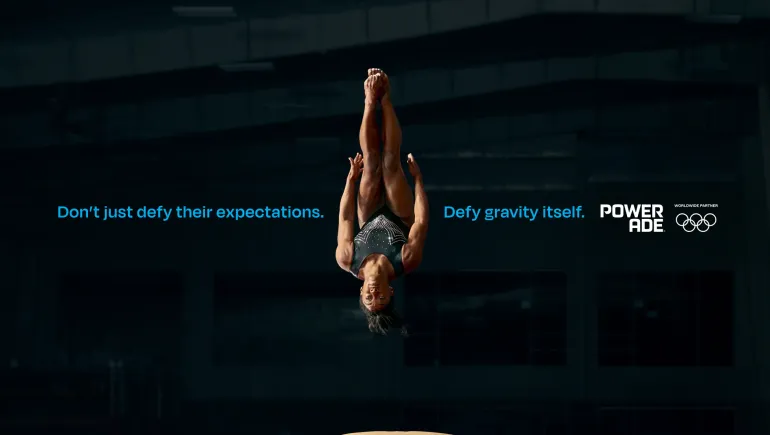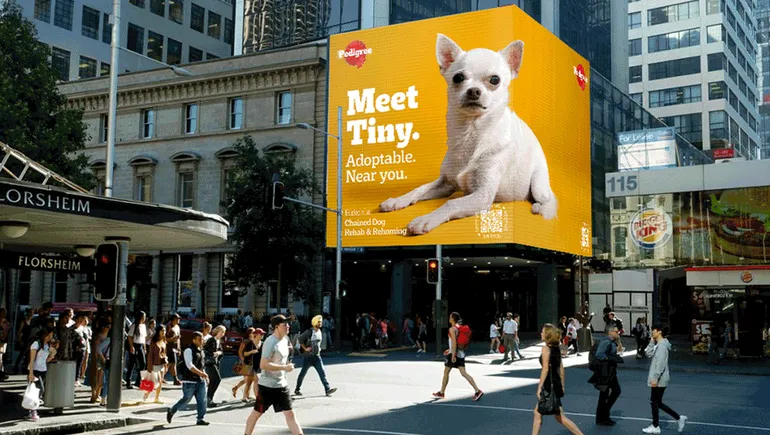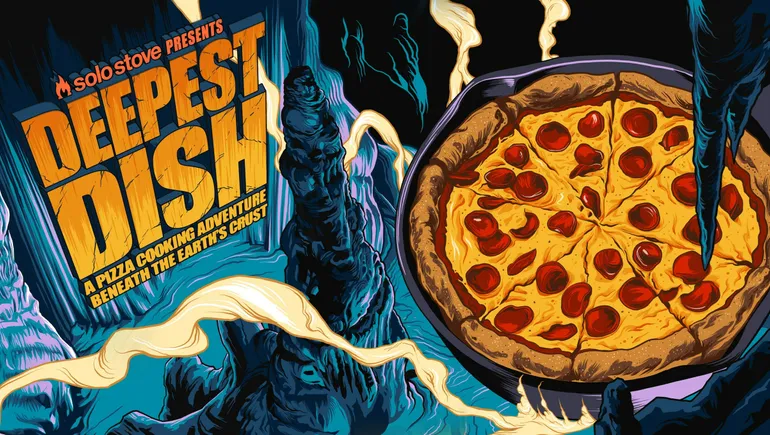
Brands ramp up gaming marketing but still lag consumers
NEW YORK — There was a common thread running through the Interactive Advertising Bureau’s (IAB) inaugural PlayFronts on Tuesday, the first media upfront event dedicated to gaming: What took so long?
Across a day of panel discussions and presentations at a venue in midtown Manhattan, speakers emphasized the reach and diversity of gaming audiences while noting that many brands have been sluggish to follow these leads, even as they carp about the difficulty of engaging today’s consumers. The PlayFronts arrived as a confluence of factors have pushed gaming further into the mainstream, with shifting habits during the pandemic, budding aspirations for the metaverse and the looming death of cookies driving renewed interest. Now, marketers face a key test on whether they can ingratiate themselves with a community that’s accustomed to not dealing with a heavy advertising presence but appears increasingly crucial to unlocking future growth.
“I see gaming as still being a blind spot within media plans,” Francesco Petruzzelli, managing director and co-founder of in-game advertising firm Bidstack, said during a talk about the metaverse. “The inventory’s there. There’s enough games to sustain us all. It’s important that the brand money comes.”
Some estimates suggest the gaming industry today generates more revenue than music, movies and television combined. Recent deal-making is indicative of how valuable the industry has become. Microsoft earlier this year bought Activision Blizzard — a presenter at the PlayFronts — for nearly $70 billion, making for one of the priciest media acquisitions in history.
Yet, gaming accounts for less than 6% of total digital ad spending in the U.S., according to figures shared by the IAB. Part of the reason the segment’s level of activity is comparatively low stems from enduring stereotypes, executives said. CMOs in non-endemic categories still perceive the hobby as the exclusive domain of slovenly young men, even as nearly half of gamers in the U.S. are now women (and despite the fact that young men are an appealing target demographic). Another substantial problem for brands is that the advertising infrastructure simply isn’t there beyond the hypercasual mobile gaming category, though speakers promised progress is coming on this front.
“We’d be remiss not to acknowledge that we as an industry have not done a great job of defining clear and consistent ad models in gaming,” Zoe Soon, vice president of the experience center at the IAB, said when introducing the show. “Because of this, we’ve taught game publishers and consumers to be ad-resistant, with the exception of free-to-play games, and we’ve hampered our ability to grow programmatically.
“Just as mobile was initially slow to monetize until advertisers could no longer ignore the shift of consumer time and attention … so too, will advertisers eventually unlock the power of gaming as a marketing channel,” she added.
Driving commerce
One bridge for marketers new to the world of gaming is commerce capabilities. Leading titles like Fortnite have popularized the idea of microtransactions, where users are willing to pay for in-game goodies even if the service is otherwise free to play.
For packaged goods marketers that have had to invest more heavily in online sales channels during the pandemic, gaming could be fertile ground to experiment further.
“We see gaming as the center of community, culture and commerce,” Willem Dinger, global director of sponsorships at Unilever, said during a discussion with Meta.
“People are spending a lot of money on digital assets, digital avatars,” Dinger added. “If we can connect some of that spend to really help drive our e-commerce … that’s also a massive business opportunity.”
Unilever operates a UPLAY gaming unit that’s been more active since the outset of the COVID-19 crisis, which spurred more people to pick up a controller or tune into esports streams. During the League of Legends SuperLiga tournament last year, the CPG giant’s Magnum ice cream brand developed a Twitch integration in Spain that allowed viewers to quickly order a pint from delivery partner Glovo.
“For different brands, there will be different KPIs set, but we really use it to drive brand impacts,” Dinger said. “The best thing about gaming is that it’s a hard-to-reach audience, so we need to be showing up in the right way.”
In-game ads evolve
Technology advancements in gaming also mean in-game advertising can be more robust. To date, in-game ads are closely associated with mobile free-to-play games, where users can take an action like watching a sponsored video to earn additional lives or perks.
Similar tactics have started to bleed into hardcore console games, but in subtler, more integrated ways. Sports franchises, for instance, have long been a natural fit for branded placements. Real-world stadiums and team jerseys are emblazoned with logos and billboards, so gamers don’t register a disconnect when seeing the same blanketing of branding in the virtual counterpart. Still, marketers could be served well by starting to think outside the box, according to PlayFronts speakers.
“It doesn’t have to be a billboard,” Bidstack’s Petruzzelli said. “It can be a skin, it can be an outfit, it can be anything. We ultimately control any kind of asset that sits within a dynamic in-game environment.”
As marketers contend with the deprecation of cookies and changes to other identifiers, an embedded approach in gaming could have greater appeal. Gamers, after all, are held at rapt attention given the interactive nature of the medium.
“The vacuum created by the loss of device IDs and third-party cookies — what we’re calling the measurement blackout — means there is an opening for us to rethink the way we’ve always done things,” the IAB’s Soon said during her kickoff talk. “The measurement of the past will not be the measurement of the future … we’re seeing the rise of the attention metric.”
But if gaming presents brands a window for richer engagement, there’s also the risk to annoy players if the execution reads as intrusive. At the same time, tracking the success of campaigns in a 3D environment with a lot of moving parts remains a work-in-progress.
“There is a measurement challenge, initially,” Petruzzelli said. “There’s a lot of tangibles that can’t be controlled. And so we’re working with the IAB and the MRC and our peers to create a standard, which isn’t too far away.
“In the meantime, we use things like viewability, time-in-view, attention, brand uplift and purchase intent to really highlight the value to the brands,” he said.
Sights set on the metaverse
PlayFronts presenters also repeatedly positioned gaming as an onramp to the metaverse, which — in its idealized form, at least — would combine advertising, commerce and brand-building initiatives in one place. Gaming platforms like Roblox and Fortnite have become hot destinations for marketers toying with metaverse concepts such as virtual goods and venues to explore as they look to build a relationship with otherwise elusive Gen Z digital natives.
American Eagle, which appeared on a panel with the in-game advertising firm Anzu and NBCUniversal, has started to dip its toes in these waters. To support its “Members Always” spring campaign, the retailer tapped into Roblox’s Livetopia, a top-10 role-playing game on the service.
A curated mansion-like space carried a variety of activities and the ability to try on virtual versions of the retailer’s seasonal apparel. More than 5 million people have outfitted their Roblox avatars in the products, while the activation has drawn more than 7.5 million unique users since launching — a turnout that’s about 50% higher than what American Eagle anticipated, executives said.
“We really started our gaming journey because we wanted to tap into our male customer,” said Ashley Schapiro, vice president of marketing, media, performance and engagement at American Eagle. “It was a way to acquire our customer through a passion point that he loved, but really maintain that connection with him throughout the lifecycle of our relationship together.”





